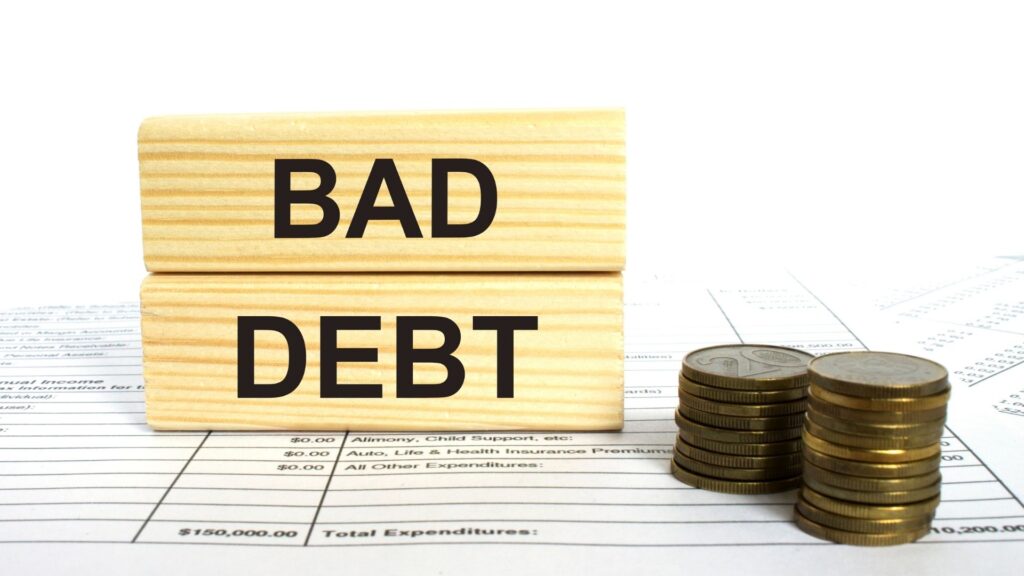Did you give much thought to credit control when you started your business?
If you didn’t, you’re not alone. Many of the business owners I speak with admit that setting up a formal process for credit control wasn’t on their radar at the beginning.
You could argue that that’s a perfectly reasonable stance to take. After all, there’s a lot of work involved in setting up a new business.
Worrying about late or missed customer payments could feel like a waste of precious time, especially since at that point your main priority is attracting enough customers to start with!
Poor credit control costs time and money
Limited cashflow and bad debt are two of the biggest problems business owners face. They are often cited as the main reasons why small businesses fail, partly because problems like these can spiral quickly out of control when left unchecked.
Many business owners also find out the hard way that some customers will use every excuse under the sun to avoid paying on time, or even at all.
A formal credit control procedure will not only help you keep track of customer payments, so you know exactly whom to chase and when. It will also help to ensure you’ve got enough cashflow to meet your business expenses, take advantage of early payment discounts, and avoid unnecessary bank charges, such as overdraft fees.
Good credit control isn’t as costly – or as complicated – as you think!
Many small business owners shy away from setting up a formal credit control procedure because they think doing so will be too expensive, too complicated, or both.
But that doesn’t have to be the case. For example, you don’t have to employ a dedicated, full-time credit controller, or pay extortionate fees for the services of a corporate firm.
Just implement some simple steps that are relevant, clear, and easy to follow – with no exceptions!
The exact steps may vary depending on your business and its needs, but they typically include setting out clear, written payment terms as soon as you start working with a new customer, then keeping track of each invoice you send out.
You could also think about implementing a ‘warning’ system or a penalty for customers who make more than one late payment. Take care to identify a clear ‘point of no return’ when you will stop working with these customers, so credit problems don’t drag on and damage your business.
Setting up your credit control procedure
Once you’ve decided on the specific steps to include in your credit control procedure, you’ll need to implement a robust system to help you manage them effectively. Good bookkeeping software, such as Xero can provide this, often at little cost.
If you’d like to talk about how to set up a formal credit control procedure for your business in more detail, I’d be very happy to help.
Click here to book a complimentary, half-hour Discovery Call with me.







